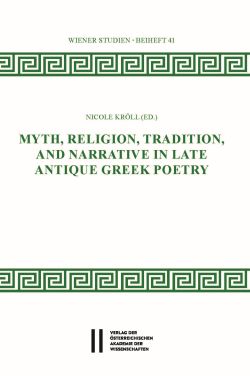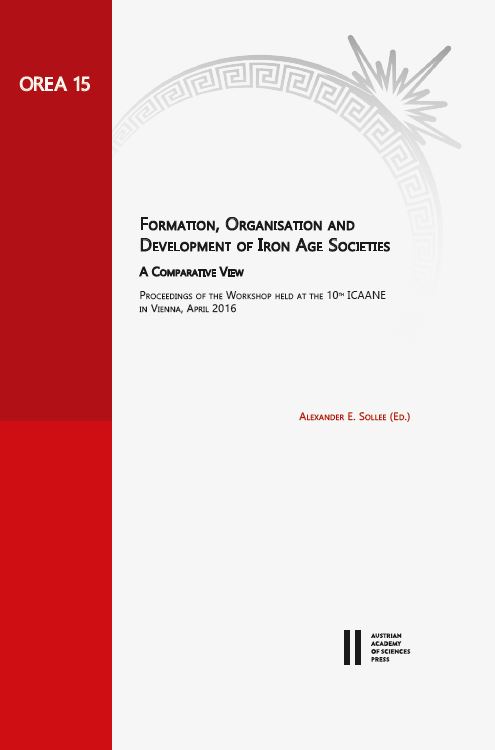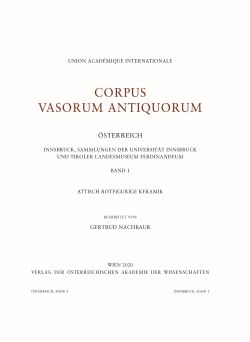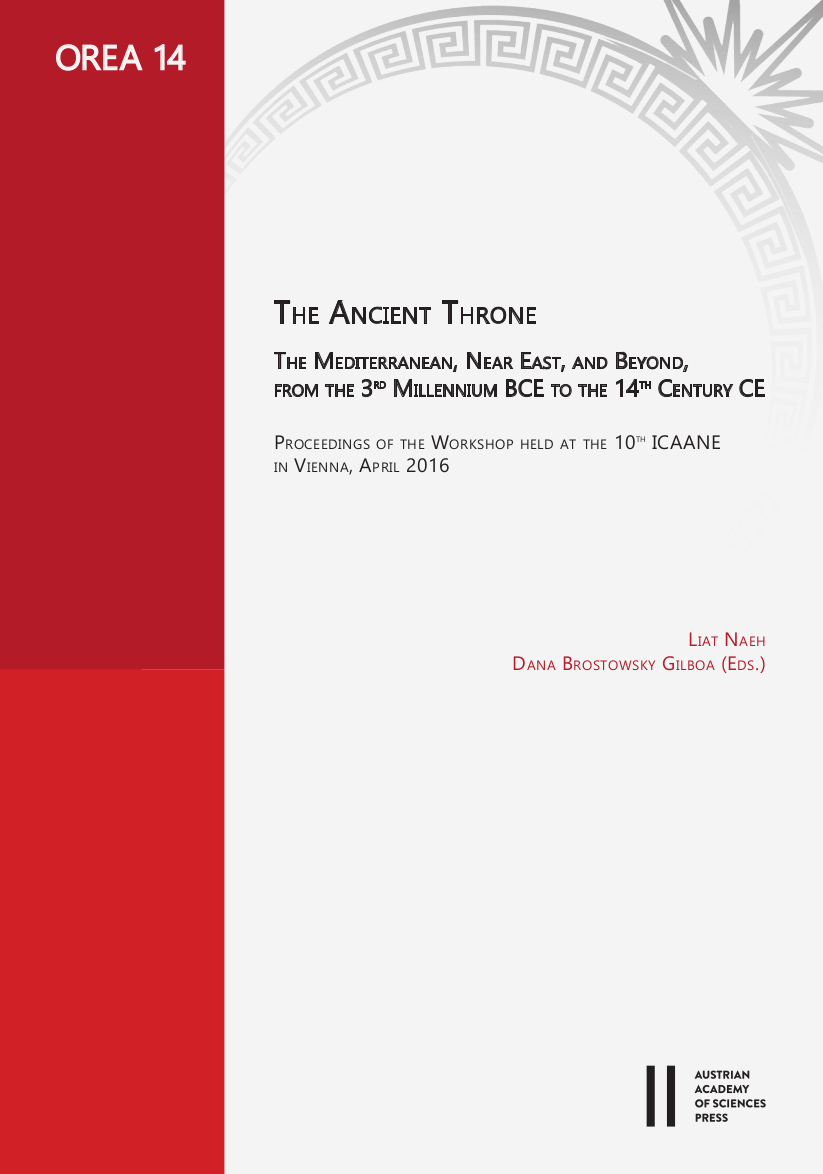Myth, Religion, Tradition, and Narrative in Late Antique Greek Poetry
Nicole Kröll

Der Band zeigt die vielfältigen Themen griechischer Dichtung in der
Spätantike. In den Werken des Nonnos von Panopolis und in der
„Ekphrasis“ des Johannes von Gaza wirken heidnische und christliche
Themen zusammen, die Dichtungen des Georgios Pisides werden vor dem
Hintergrund spätantiker Philosophie gelesen und die Autobiographien
Gregors von Nazianz als literarische Ausdrucksformen. Analysiert werden
die ekphrastischen Erzähltechniken bei Quintus Smyrnaeus und die
Figurenkomposition bei Kollouthos, zudem wird Lykophron als Quelle für
die „Dionysiaka“ des Nonnos beleuchtet. Gestalten der Mythologie
begegnen sich ebenso wie Zyklopen und Elefanten, und spätantike
Epigrammatik wird im kulturellen und literarischen Umfeld der Zeit
kontextualisiert.
…
The volume shows the manifold themes of Greek poetry in Late Antiquity.
Pagan and Christian concepts merge in the works of Nonnus of Panopolis
and in the “Ekphrasis” of John of Gaza, the poems of George of Pisidia
are read against the background of late antique philosophy and the
autobiographies of Gregory of Nazianzus as literary forms of expression.
The ekphrastic narrative techniques of Quintus Smyrnaeus and the
composition of characters in Colluthus are analyzed, and Lycophron is
proved as another source of Nonnus’ “Dionysiaka”. The contributions also
deal with mythological characters, cyclopes and elephants, and late
antique epigrammatic poetry is contextualized in the cultural and
literary environment of the time.
ISBN 978-3-7001-8584-0
Print Edition
ISBN 978-3-7001-8814-8
Online Edition
Wiener Studien - Beihefte 41
2020
240 Seiten, 22,5x15cm, broschiert, deutsch
€
49,50
Nicole KRÖLL
ist Mitarbeiterin am Institut für Klassische Philologie, Mittel- und Neulatein an der Universität Wien










